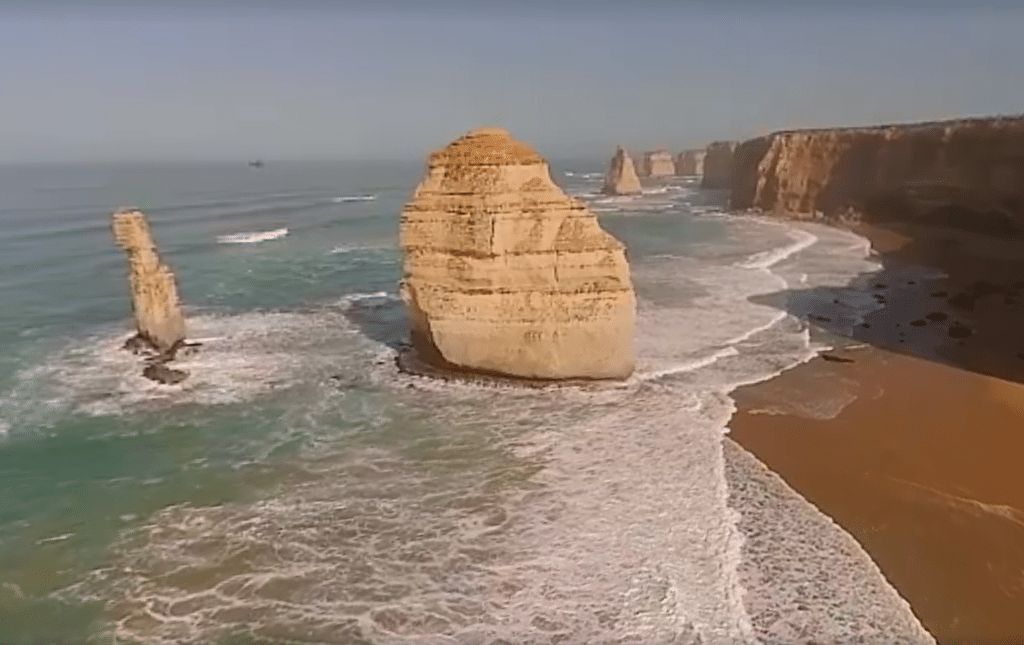Facebook's 360-Degree Travel Videos Offer Destinations a New Path to Marketing

Skift Take
360-degree and virtual reality videos let travelers decide what they want to see and how they want to see it. Travel brands just need to ensure that they're really selling themselves and portraying one-of-a-kind experiences, which most of these videos seem to do.
For the first time, hundreds of millions of consumers around the world can watch 360-degree, virtual reality videos on Facebook via their own devices. It has helped that some travel brands have already spent millions to showcase their cities and landscapes on this new media platform.
The first 360-degree/virtual reality travel videos on Facebook span five continents and since January, National Geographic, GoPro, Seaview 360, Discovery, Weather Channel, and Tourism Australia have rolled-out about 24 of these videos for their Facebook pages. Each of them has more than three million views with Tourism Australia, one of the first destination marketing organizations to put its 360/virtual reality videos on Facebook, getting 4.6 million views to date on seven of its 17 such videos that are on Facebook and another 1.6 million views across YouTube and its consumer website Australia.com. Australia.com's Facebook page has about 6.8 million likes.
Tourism Australia's videos are tied to its $40 million global marketing campaign that launched in January and made Chris Hemsworth its fr
